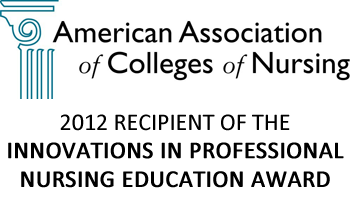Chiang-Hanisko, L., Adamle, K., & Chiang, L.C. (2009). Cultural differences in therapeutic humor in nursing education. Journal of Nursing Research, 17(1), 52-60.
Humor has been recognized by nurse researchers and practitioners as a constructive therapeutic intervention and has shown positive psychological and physiological outcomes for patient care. Because cross-cultural research on humor is sparse, this preliminary study investigates how nursing faculty members approach teaching therapeutic humor in the classroom and clinical education in different countries. Through an investigation of classroom (didactic) education and clinical practicum with direct patient care, the study may elucidate the linkage between theory and practice as well as how nursing faculty members view therapeutic humor in general. Researching nursing faculty teaching practices and viewpoints of therapeutic humor may help reveal cultural differences in the use of humor in healthcare settings. This cross-cultural study included 40 nursing faculty at three nursing programs: two in the United States and one in Taiwan. A qualitative approach was used to perform content analysis on responses to the open-ended questionnaires. Research findings revealed cultural differences between faculties from the two countries. Taiwanese faculty members indicated that they teach more theory and concepts related to therapeutic humor in the classroom than do nursing faculty members from the United States. However, nursing faculty members in Taiwan reported that they observe and practice less therapeutic humor in clinical settings out of respect for the cultural value of "reverence of illness" operating within Taiwanese society. Therapeutic humor was family centered and interdependent on relationships, roles, duties, and responsibilities of family members. In contrast, the U.S. faculty members stated that they teach less theory and concepts related to therapeutic humor in the classroom but observe and practice humor more in clinical settings. United States faculty approached teaching therapeutic humor in the classroom on an informal basis because the subject was not part of the required nursing curricula. In clinical settings, therapeutic humor was patient centered and spontaneous in nature.


